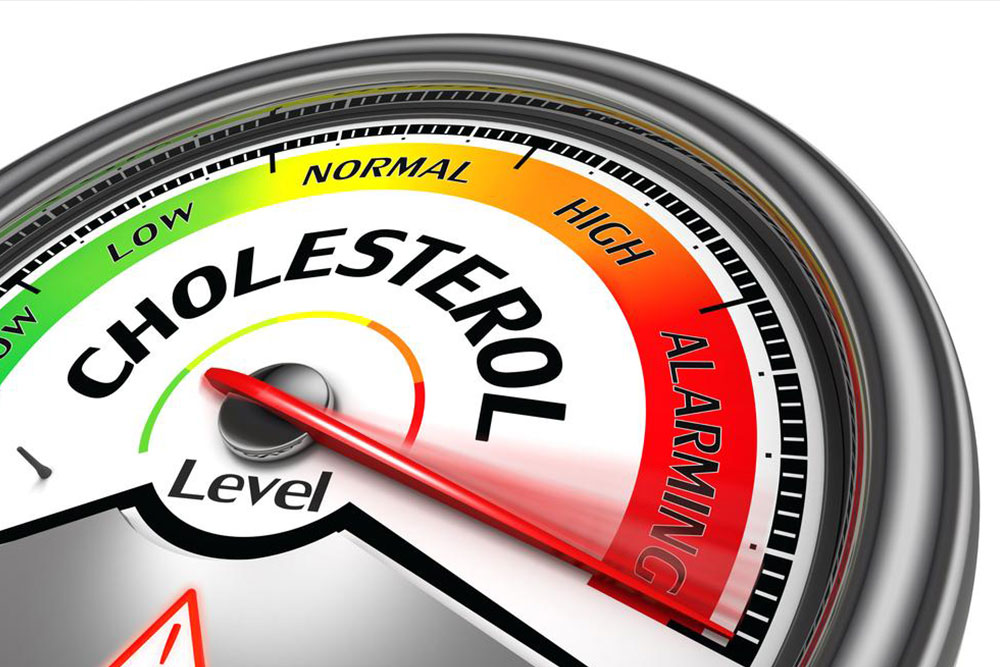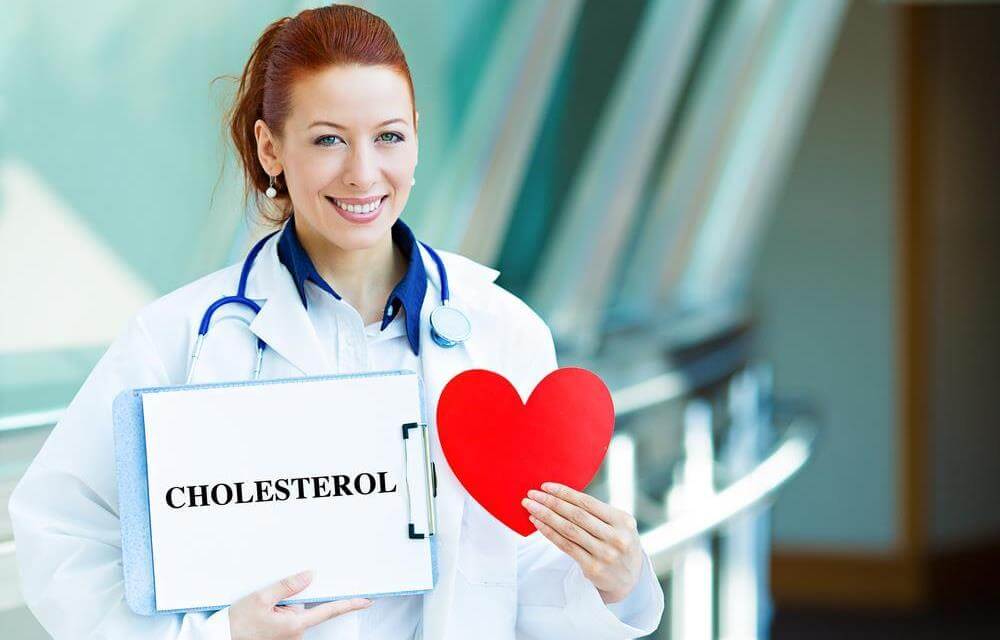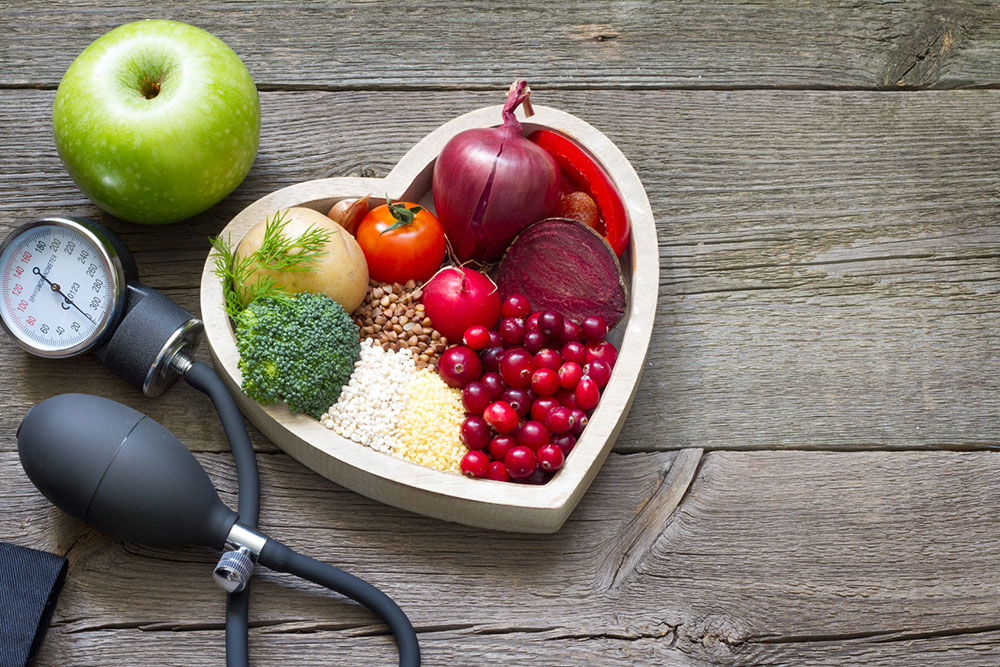Comprehensive Guide to Lowering Cholesterol Naturally and Effectively
This comprehensive guide provides detailed strategies to lower cholesterol naturally and effectively. It covers medical treatments, dietary adjustments, lifestyle modifications, and healthy habits to help individuals manage their cholesterol levels, reduce heart disease risk, and promote overall cardiovascular health. Learn how to make smarter food choices, stay active, and adhere to medical advice to achieve optimal health outcomes and enjoy a healthier future.

Comprehensive Strategies for Reducing Cholesterol Levels and Promoting Heart Health
High cholesterol levels are a common health concern, particularly among individuals over the age of 50. However, recent lifestyle trends and dietary habits have led to an increase in cholesterol problems among younger populations as well. Elevated cholesterol, especially low-density lipoprotein (LDL), significantly raises the risk of cardiovascular diseases such as heart attack and stroke. Understanding how to manage and lower cholesterol effectively is vital for maintaining optimal health and preventing serious medical conditions. This extensive guide provides detailed insights into lifestyle modifications, dietary adjustments, medical interventions, and everyday habits that can help individuals control their cholesterol levels more efficiently.
Effective Medical Treatments
Medical interventions play a crucial role in managing high cholesterol, especially when lifestyle changes alone are insufficient. Several medications are prescribed by healthcare professionals to help lower LDL cholesterol effectively. One notable drug is LIVALO (pitavastatin), which belongs to the class of statins designed to inhibit the enzyme responsible for cholesterol production in the liver. This medication can significantly reduce LDL levels and is usually prescribed to individuals with persistently high cholesterol or those at risk of cardiovascular disease.
Another potent option is Repatha® (evolocumab), an injectable medication classified as a PCSK9 inhibitor. It works by increasing the removal of LDL cholesterol from the bloodstream and is often used in patients with genetic predispositions or familial hypercholesterolemia that do not respond adequately to statins. These drugs are typically prescribed after a detailed health assessment, and their dosage is tailored to individual needs to maximize efficacy while minimizing side effects.
It is essential to follow your healthcare provider's instructions carefully when using cholesterol-lowering medications. Regular blood tests are necessary to monitor your progress and adjust dosages accordingly. While medications are effective, they are most beneficial when combined with lifestyle and dietary modifications.
Adherence to medication regimens, coupled with lifestyle changes, provides the best strategy for achieving and maintaining healthy cholesterol levels over the long term.
Balanced and Heart-Healthy Diet
Diet has a profound impact on cholesterol levels. Transitioning to a heart-healthy diet involves reducing intake of foods rich in saturated fats, trans fats, and cholesterol. For example, avoid greasy fast foods, fried snacks, and processed meals that are high in unhealthy fats. Instead, focus on incorporating plenty of fresh fruits, vegetables, whole grains, lean proteins, and healthy fats like those found in fish, nuts, and olive oil.
Limit or eliminate high-cholesterol foods such as organ meats, shellfish, and full-fat dairy products like cheese and butter. Opt for plant-based alternatives whenever possible. Incorporating fibrous foods like oats, barley, beans, and legumes can help reduce cholesterol absorption in the digestive system. Regularly consuming salads and raw vegetables can provide vital nutrients and fiber, promoting cardiovascular health while keeping calorie intake in check.
Cooking methods also matter. Grilling, baking, steaming, and sautéing with heart-healthy oils are better options than frying or breading. Planning meals ahead and preparing fresh, wholesome dishes reduces reliance on processed foods, making it easier to maintain a balanced diet that supports healthy cholesterol levels.
Getting into the habit of reading nutrition labels helps identify foods high in unhealthy fats, sodium, and preservatives. When shopping, choose products labeled as low-fat, trans-fat-free, and rich in fiber. By making conscious food choices, you can significantly influence your cholesterol levels in a positive way.
Active Lifestyle and Physical Activity
Physical activity is a cornerstone of cardiovascular health. Engaging in regular exercise helps raise high-density lipoprotein (HDL), often referred to as good cholesterol, while lowering LDL levels. Aerobic exercises such as brisk walking, jogging, cycling, swimming, or dancing for at least 150 minutes per week can make a significant difference in cholesterol management.
Incorporating strength training and flexibility exercises like yoga or Pilates also contributes to overall heart health and weight management. Activities that you enjoy are more likely to be sustained over time, making lifestyle changes more effective and sustainable.
Additionally, staying active during daily routines—such as taking stairs instead of elevators, walking or biking for errands, or doing household chores—helps increase daily caloric expenditure and improve lipid profiles.
Finding a workout buddy or joining fitness groups can provide motivation and accountability. Even routine activities like gardening or playing sports can boost physical activity levels and support healthy cholesterol management.
Practicing Healthy Habits at Home and Food Sources
Simple modifications in everyday life can have a substantial impact on cholesterol control. For instance, making smarter grocery shopping choices—such as purchasing fresh produce, nuts, seeds, and lean meats—ensures the availability of healthy options at home.
It’s beneficial to avoid stocking high-fat, processed snacks and pre-packaged meals that are high in sodium and preservatives. Instead, preparing meals at home allows better control over ingredients and cooking methods, facilitating healthier dietary habits.
Replacing unhealthy fats with healthier alternatives like avocado, olive oil, and flaxseed oil can reduce the negative impact on cholesterol levels. Using herbs, spices, lemon juice, or vinegar for flavoring rather than excessive salt enhances taste without compromising health.
Mindful eating—paying attention to portion sizes, eating slowly, and recognizing hunger cues—can prevent overeating and help maintain a healthy weight, which is also beneficial for cholesterol management.
Creating a supportive environment at home by establishing routines that emphasize healthy eating and regular physical activity can lead to long-term positive outcomes. Encouraging family members to adopt heart-healthy habits collectively makes lifestyle modifications more effective and sustainable.
Overall, lowering cholesterol requires a comprehensive approach that combines medical treatment, dietary improvements, consistent physical activity, and lifestyle changes. By following the strategies outlined above, individuals can take control of their cardiovascular health and significantly reduce their risk of heart disease. Regular consultations with healthcare professionals, routine screenings, and staying informed about cholesterol trends and management options are essential components of a successful health journey.
In summary, a balanced combination of medication adherence, nutritious eating, regular exercise, and healthy habits at home form the pillars of effective cholesterol management. Making these changes can lead to healthier arteries, better heart function, and an improved quality of life. Embrace these strategies today for a healthier, longer life.





